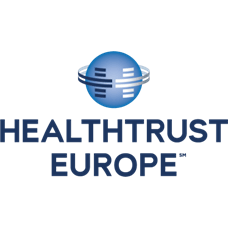Protection from Redundancy and Neonatal Care Bills Have Become Law
The Protection from Redundancy (Pregnancy and Family Leave) Act 2023, and the Neonatal Care (Leave and Pay) Act 2023 have recently received Royal Assent. All details outlining the new rights for working parents will be contained in separate regulations, which are to be implemented in due course. However, it’s important that employers start preparing for these changes and considering how it would affect internal policies and procedures.
Protection from Redundancy (Pregnancy and Family Leave) Act 2023
The Protection from Redundancy (Pregnancy and Family Leave) Act 2023 allows the extension of existing redundancy protections whilst on Maternity Leave, Adoption Leave or Shared Parental Leave to also cover pregnancy and a period of time (expected to be six months) after a new parent has returned to work.
This Act is due to come into force on 24th July 2023, however the new entitlements for workers won’t apply until the Secretary of State creates new regulations outlining how the entitlements would work. The timing of this is still currently unknown.
Are agency workers entitled to the rights of these two new Acts?
Being entitled to employment rights such as these would depend on the worker’s employment status. Many employment rights are only available to those who are classified as employees and not to temporary workers that are often supplied via recruitment agencies like Blue Arrow. For example, workers need to be classified as an employee to have the right to take Maternity Leave and return to the same job.
However, there are cases where there could be an ‘implied’ contract of employment between an agency worker and an employer, where for example, the agency provides the worker with tools needed to do the job and they’re restricted from working for other employers.
Also, after 12 continuous weeks in an assignment, agency workers are entitled to receive the same basic working and employment conditions as the hirer’s employees. To qualify for many maternity rights, the agency worker would need to have worked for the same employer for 26 weeks.
Next steps
The Protection from Redundancy (Pregnancy and Family Leave) Act has come about to protect new and expectant parents from discrimination and avoids them having to compete for redeployment opportunities at a vulnerable time in their lives. Whereas the Neonatal Care Act comes as a result of many parents needing time and resources to deal with the trauma of neonatal care, without the worry of additional financial pressures and returning to work too soon.
We will continue to monitor developments on these two Acts and keep our clients informed regarding any new regulations and enforcement dates that become available. In the meantime, you can browse our other insights for other latest industry news.

























